Home>Garden Essentials>When To Plant Balloon Flower Seeds
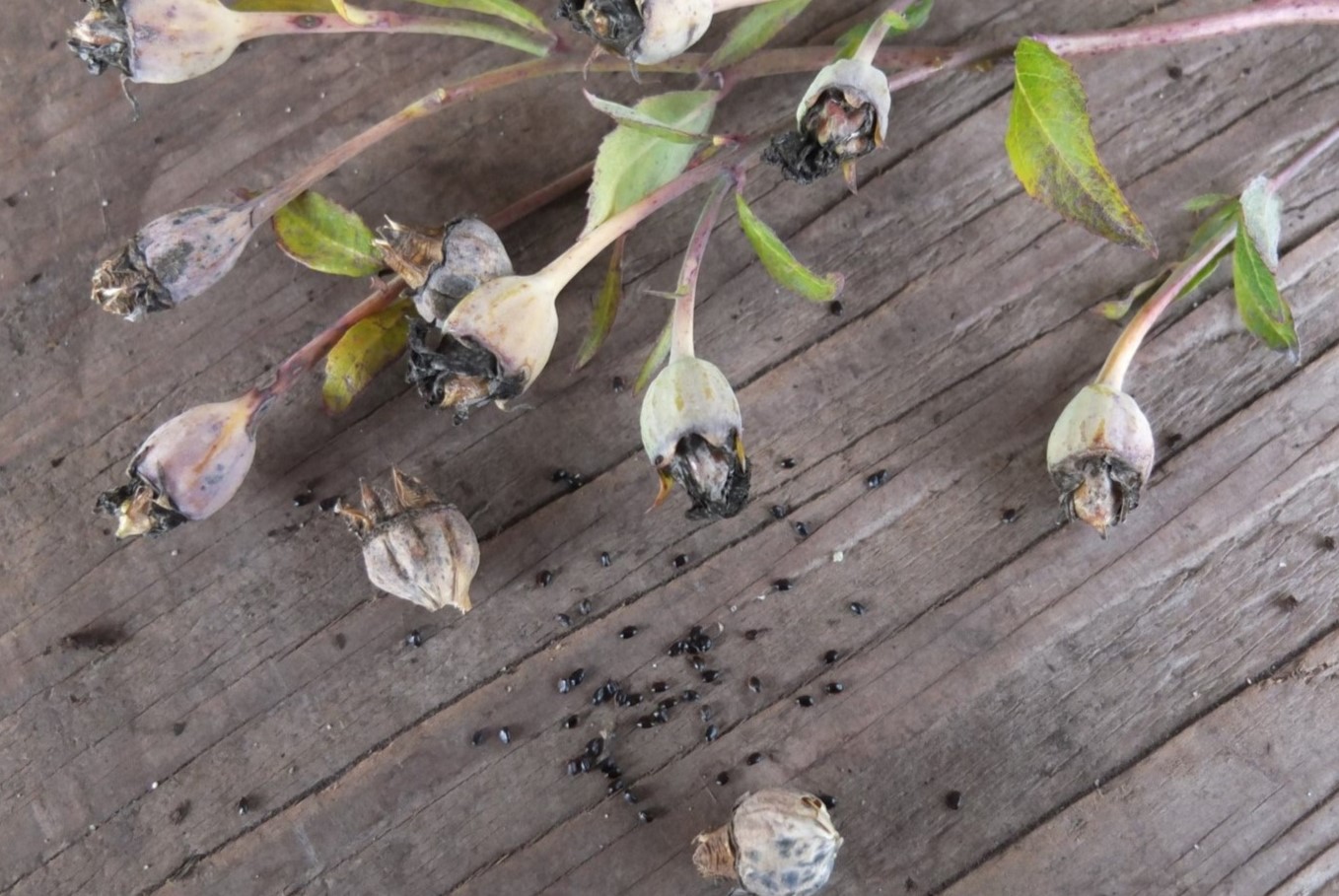

Garden Essentials
When To Plant Balloon Flower Seeds
Modified: March 16, 2024
Discover when to plant balloon flower seeds in your garden and ensure a successful blooming season. Cultivate your own vibrant and mesmerizing balloon flowers with our expert tips and guidance.
(Many of the links in this article redirect to a specific reviewed product. Your purchase of these products through affiliate links helps to generate commission for Storables.com, at no extra cost. Learn more)
Introduction
Gardening is a rewarding and fulfilling hobby that allows us to connect with nature and create a beautiful outdoor space. If you’re looking to add some charm and whimsy to your garden, you might want to consider planting balloon flowers. With their unique and eye-catching blossoms, balloon flowers can be a delightful addition to any garden.
But before you rush into planting balloon flower seeds, it’s important to understand the factors that contribute to their successful growth. From choosing the right time to plant to providing the right growing conditions, there are several considerations to keep in mind. In this article, we will explore when to plant balloon flower seeds and provide some valuable tips to help you achieve the best results.
Key Takeaways:
- Plant balloon flower seeds in early spring or late summer to fall, considering your climate. Provide proper care, including support, watering, and protection from pests, to ensure successful growth.
- Avoid common mistakes like planting in unsuitable conditions, overwatering, neglecting seedlings, and skipping stratification to increase the likelihood of success when growing balloon flowers from seeds.
Read more: When To Plant Balloon Flower Bulbs
Factors to Consider Before Planting Balloon Flower Seeds
Before diving into the process of planting balloon flower seeds, it’s essential to take a few factors into consideration. By understanding these factors, you can ensure that your seeds have the best chance of germination and successful growth.
1. Climate and Hardiness Zone
Balloon flowers, also known as Platycodon grandiflorus, are native to East Asia and thrive in temperate climates. They prefer regions with cool summers and cold winters. Before planting balloon flower seeds, it’s important to determine if your climate is suitable for their growth. Consult a hardiness zone map to find out which zone you are in and if it aligns with the recommended zone for balloon flowers.
2. Soil Quality and Drainage
The soil in which you plant your balloon flower seeds plays a vital role in their growth. These flowers prefer well-draining soil that is rich in organic matter. Ensure that the soil is loose and loamy, as heavy and compacted soil can hinder root growth. If your soil is heavy clay, consider adding compost or organic matter to improve its texture and drainage.
3. Sunlight Requirements
Balloon flowers thrive in full sun or partial shade. They require at least 6 hours of direct sunlight per day to reach their full potential. When selecting a location for planting, choose an area that receives adequate sunlight during the day. If you live in a region with scorching summers, partial shade during the hottest part of the day can help protect the plant from excessive heat.
Read more: When To Plant Flower Seeds For Spring
4. Watering Needs
Like most plants, balloon flowers require regular watering, especially during dry spells. However, they are susceptible to root rot if the soil becomes overly saturated. Aim to keep the soil evenly moist, but not waterlogged. A layer of mulch around the plant can help retain moisture and prevent weed growth.
5. Pests and Diseases
Balloon flowers are generally resistant to pests and diseases. However, they can occasionally be affected by common garden pests such as aphids or slugs. Keep an eye out for any signs of infestation and take appropriate measures to control them. Good garden hygiene practices, such as removing dead leaves and debris, can also help prevent diseases.
By considering these factors before planting, you can create an optimal growing environment for your balloon flower seeds. Once you have taken these factors into account, it’s time to determine the ideal time to plant your seeds.
Ideal Time to Plant Balloon Flower Seeds
The timing of when you plant balloon flower seeds can greatly impact their success. Balloon flowers are typically grown as perennials, meaning they come back year after year. To ensure their long-term growth and establishment, it’s important to plant the seeds at the right time.
In most regions, the best time to plant balloon flower seeds is in the early spring, after the last frost has passed. This allows the seeds to germinate and establish themselves before the intense heat of summer arrives. The soil should be workable and not overly wet. If you live in a colder climate with late springs, you can start the seeds indoors about 6-8 weeks before the last frost date and transplant them outside when the weather warms up.
If you missed the spring planting window, you can also sow balloon flower seeds in the late summer to early fall. This gives the seeds a chance to stratify naturally over the winter months and ensures they are ready to sprout in the following spring. However, keep in mind that fall-planted seeds may require extra care to protect them from frost or extreme cold during their initial stages of growth.
It’s worth noting that balloon flowers are known for their slow germination process. It can take anywhere from 20 to 30 days for the seeds to sprout, so be patient and continue to provide proper care during this time.
By planting your balloon flower seeds at the ideal time, you can maximize their chances of survival and encourage healthy growth. Once you’ve determined the right timing, it’s time to move on to the steps of planting balloon flower seeds.
Steps for Planting Balloon Flower Seeds
Planting balloon flower seeds is a straightforward process that requires proper preparation and attention to detail. By following these simple steps, you can ensure the successful establishment of your balloon flowers.
Read more: When To Plant Passion Flower Seeds
1. Prepare the Soil
Start by preparing the soil where you plan to sow your balloon flower seeds. Loosen the soil and remove any weeds or debris. If the soil lacks organic matter, consider adding compost or well-rotted manure to improve its fertility and drainage.
2. Sow the Seeds
Once the soil is prepared, it’s time to sow the balloon flower seeds. Follow the seed packet instructions for the correct planting depth, usually around ¼ inch deep. Space the seeds according to the recommended spacing, typically around 12-18 inches apart to allow room for the plants to mature.
If you plan to start the seeds indoors, use biodegradable pots or seed trays filled with seed-starting mix. Place one seed per pot and lightly cover it with soil. Keep the soil consistently moist until the seeds germinate.
3. Watering and Care
After sowing the seeds, water the area gently to ensure the soil is evenly moist. Avoid overwatering, as this can lead to root rot. Throughout the germination process, monitor the soil moisture and water when necessary.
Once the seedlings emerge, thin them out if they are too close together to allow for proper growth. Balloon flower seedlings are delicate, so handle them gently to avoid damage.
4. Transitioning Seedlings
If you started the seeds indoors, gradually acclimate the seedlings to the outdoor environment before transplanting them. This process, known as hardening off, helps the plants adjust to the outdoor conditions and prevents transplant shock. Move the seedlings outside for a few hours each day, gradually increasing their exposure to sunlight and outdoor conditions over several days.
Read more: When Do You Plant Flower Seeds
5. Transplanting Seedlings
When the soil is warmer, and all danger of frost has passed, it’s time to transplant your balloon flower seedlings into their permanent location. Dig a hole slightly larger than the size of the root ball and gently place the seedling into the hole. Fill the hole with soil, lightly firming it around the base of the plant. Water thoroughly to help the roots settle in.
With these steps, you can successfully plant balloon flower seeds and watch as these charming plants grow and bloom in your garden. However, it’s essential to keep a few additional tips in mind to ensure the best results.
Tips for Successfully Growing Balloon Flowers from Seeds
Growing balloon flowers from seeds can be a rewarding and enjoyable experience. To ensure the best results and healthy plants, here are some valuable tips to keep in mind:
1. Stratify the Seeds
Balloon flower seeds have a hard outer coating that can delay germination. To help break this dormancy, you can stratify the seeds before planting. This can be done by placing the seeds in a damp paper towel or in a ziplock bag with moist vermiculite and refrigerating them for a few weeks. This chilling period mimics the natural winter stratification process the seeds would experience in their native environment.
2. Utilize Bottom Heat
Balloon flower seeds can benefit from bottom heat during germination. Consider using a seedling heat mat or placing the seed trays near a warm heat source to provide a consistent temperature of around 70°F (21°C). This warm environment helps to stimulate seed germination.
Read more: How To Plant Flowers From Seeds
3. Provide Support
As balloon flowers grow, they may require support to prevent them from falling over. You can use stakes or plant supports to keep the stems upright. Be mindful when placing the support to avoid damaging the roots or stem.
4. Mulch and Weed Control
Applying a layer of organic mulch around the base of the plants can help retain moisture, prevent weed growth, and regulate soil temperature. Keep the area around your balloon flowers free from weeds to avoid competition for nutrients and water.
5. Consistent Watering
Balloon flowers prefer consistently moist soil, so it’s important to water them regularly. Water deeply, allowing the water to reach the root zone. Avoid getting the leaves wet, as wet foliage can promote fungal diseases.
6. Deadhead Spent Flowers
To encourage continuous blooming, it’s beneficial to deadhead the spent flowers. This involves removing the faded blooms by gently pinching or cutting them off just above a leaf node. Deadheading directs the plant’s energy towards producing new buds and prolongs the flowering period.
Read more: How To Plant Flower Seeds Outside
7. Regular Feeding
Provide your balloon flowers with regular feeding to promote healthy growth and abundant blooms. Use a balanced, slow-release fertilizer or organic compost in early spring and again after the first flush of flowers. Follow the manufacturer’s instructions for application rates.
By following these tips, you can increase your chances of successfully growing balloon flowers from seeds. Avoiding common mistakes is also crucial in ensuring the best possible outcome. Let’s explore some common pitfalls to avoid when planting balloon flower seeds.
Common Mistakes to Avoid When Planting Balloon Flower Seeds
Planting balloon flower seeds can be a rewarding endeavor, but there are some common mistakes that can hinder their growth and overall success. By being aware of these pitfalls, you can avoid them and ensure the best possible outcome for your balloon flower plants:
1. Planting in Unsuitable Conditions
One of the biggest mistakes is planting balloon flower seeds in unsuitable conditions. Ensure that your planting location provides the proper sunlight, soil quality, and drainage that these plants require. Failure to meet their needs can result in stunted growth, poor blooming, or even plant death.
2. Overwatering or Underwatering
Proper watering is essential for the health of balloon flowers. Overwatering can lead to root rot, while underwatering can cause the plants to become stressed and fail to thrive. Aim for consistent moisture in the soil, but avoid waterlogged conditions or allowing the soil to dry out completely.
Read more: What Is A Flowering Seed Plant Called?
3. Planting Seeds Too Deep
When sowing balloon flower seeds, it’s important to follow the recommended planting depth. Planting seeds too deep can prevent them from successfully germinating and emerging from the soil. Be sure to read the seed packet instructions and plant at the appropriate depth, usually around ¼ inch.
4. Neglecting Seedlings
Balloon flower seedlings can be delicate, and neglecting their care can hinder their growth. Ensure that the seedlings receive adequate sunlight, water, and protection from pests and diseases. Monitor their progress regularly and make adjustments as needed to provide optimal growing conditions.
5. Skipping the Stratification Process
Balloon flower seeds have a natural dormancy period and often require a stratification period to break that dormancy. Skipping this process can lead to low germination rates or delayed sprouting. Take the time to stratify the seeds by refrigerating them or allowing them to experience a cold period before planting.
6. Failing to Provide Support
As balloon flowers grow, their tall stems can become top-heavy and prone to bending or breaking. Failing to provide proper support, such as stakes or plant supports, can lead to flopping or damage to the plants. Install supports early on, to avoid any harm and to maintain the plant’s upright posture.
Read more: When To Plant Flower Bulbs In Fall
7. Not Deadheading Spent Flowers
By not deadheading spent flowers, you risk inhibiting further blooming. Leaving the faded blooms on the plant can redirect the plant’s energy towards seed production rather than producing new blooms. Regularly remove the spent flowers to encourage continuous flowering throughout the season.
By avoiding these common mistakes, you can increase the chances of success when planting balloon flower seeds. With a little care and attention, you will be rewarded with beautiful and vibrant balloon flowers in your garden.
Conclusion
Planting balloon flower seeds is a wonderful way to add charm and beauty to your garden. By considering the factors that contribute to their successful growth, such as climate, soil quality, sunlight, and watering needs, you can create an optimal environment for these lovely plants.
The ideal time to plant balloon flower seeds is in early spring or late summer to fall, depending on your region’s climate. Taking the extra steps to stratify the seeds and provide consistent moisture and warmth can significantly enhance germination rates.
When planting the seeds, be mindful of the proper planting depth and spacing. Ensure that your seedlings receive proper care and attention, including support, regular watering, and protection from pests and diseases. Deadheading spent flowers and providing regular feeding will help promote continuous blooming and robust growth.
By avoiding common mistakes such as planting in unsuitable conditions, overwatering or underwatering, neglecting seedlings, and skipping the stratification process, you can increase the likelihood of success when growing balloon flowers from seeds.
Remember, gardening is a journey, and patience is key when it comes to growing balloon flowers. With time and proper care, you will be rewarded with a stunning display of their distinct balloon-like blossoms.
So, go ahead and indulge in the joy of planting balloon flower seeds. Watch as these whimsical plants thrive and bring delight to your garden year after year.
Happy gardening!
Frequently Asked Questions about When To Plant Balloon Flower Seeds
Was this page helpful?
At Storables.com, we guarantee accurate and reliable information. Our content, validated by Expert Board Contributors, is crafted following stringent Editorial Policies. We're committed to providing you with well-researched, expert-backed insights for all your informational needs.
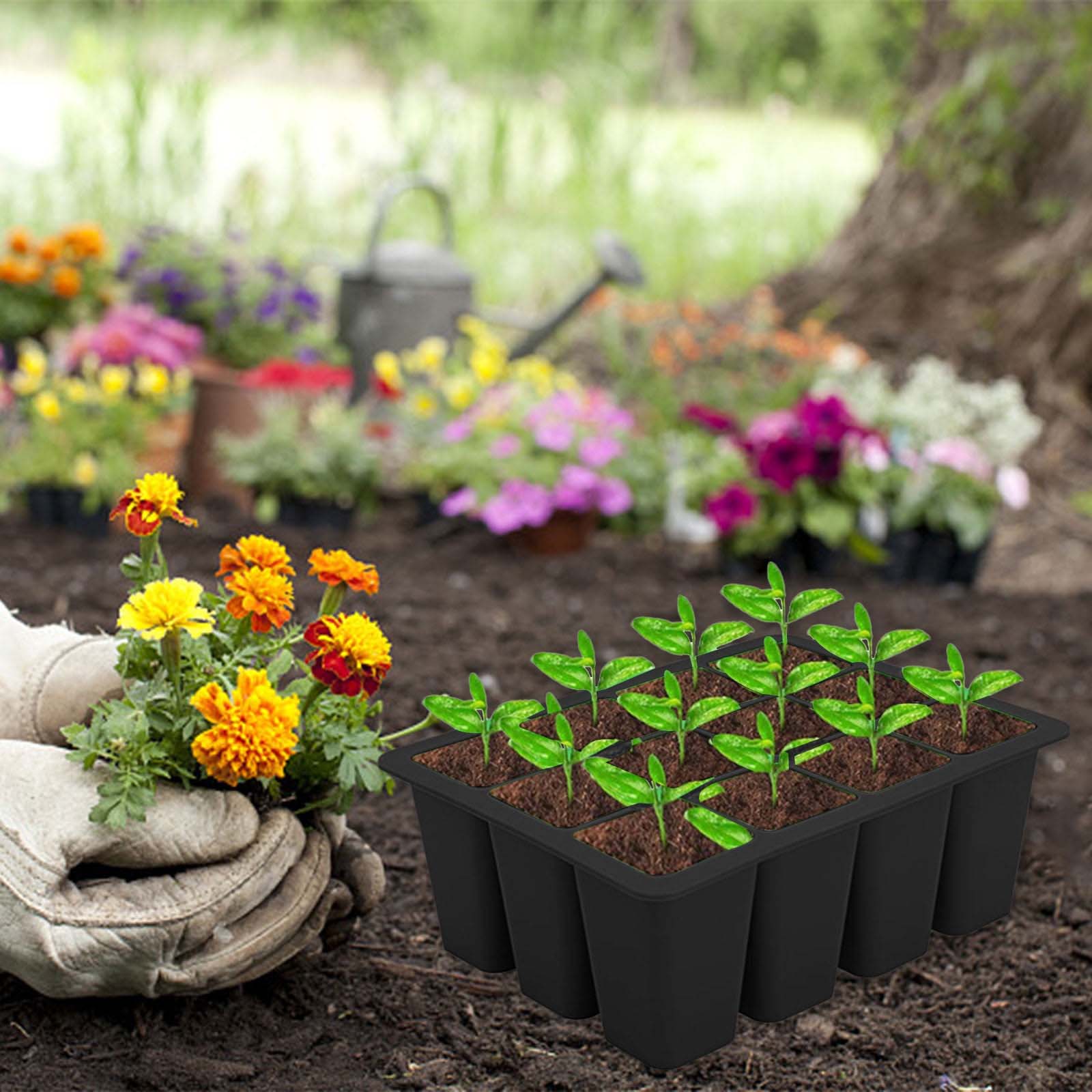
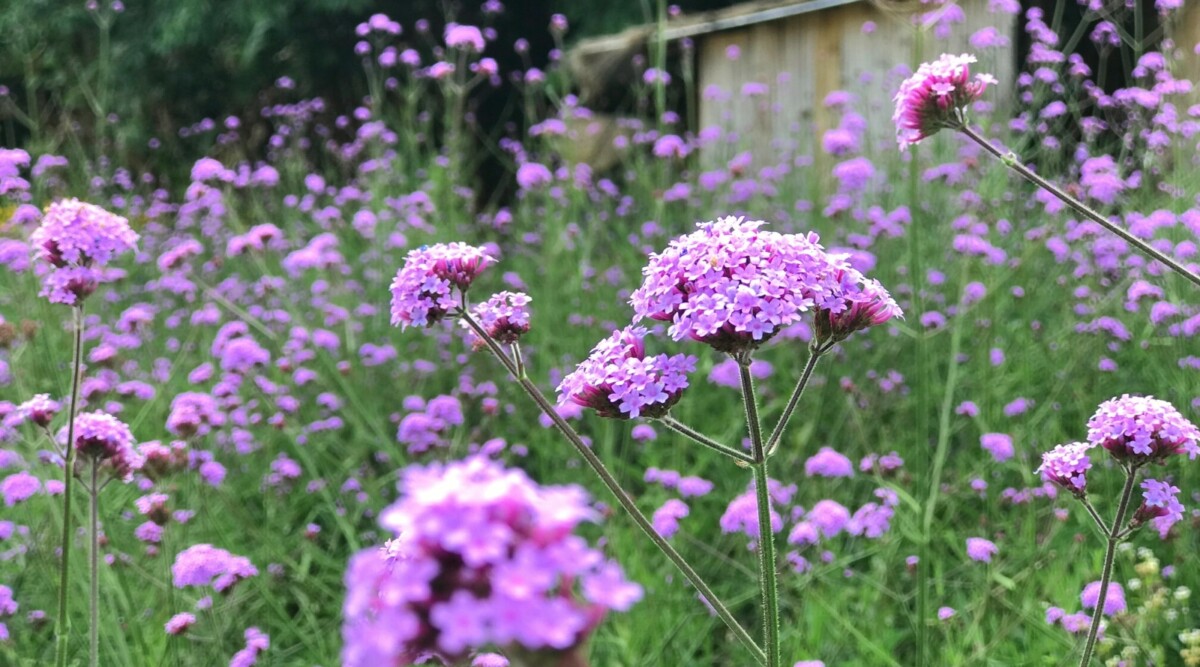
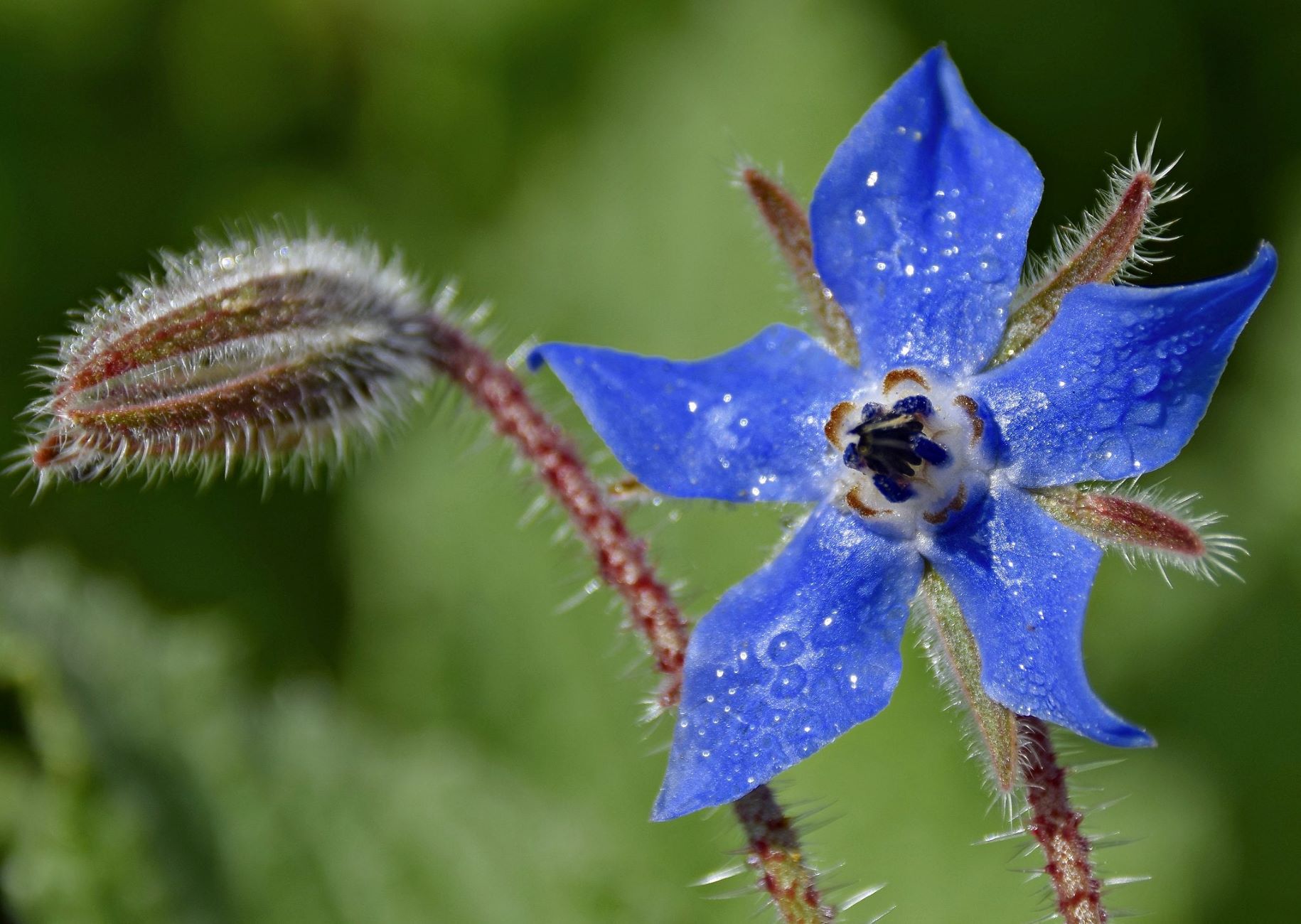
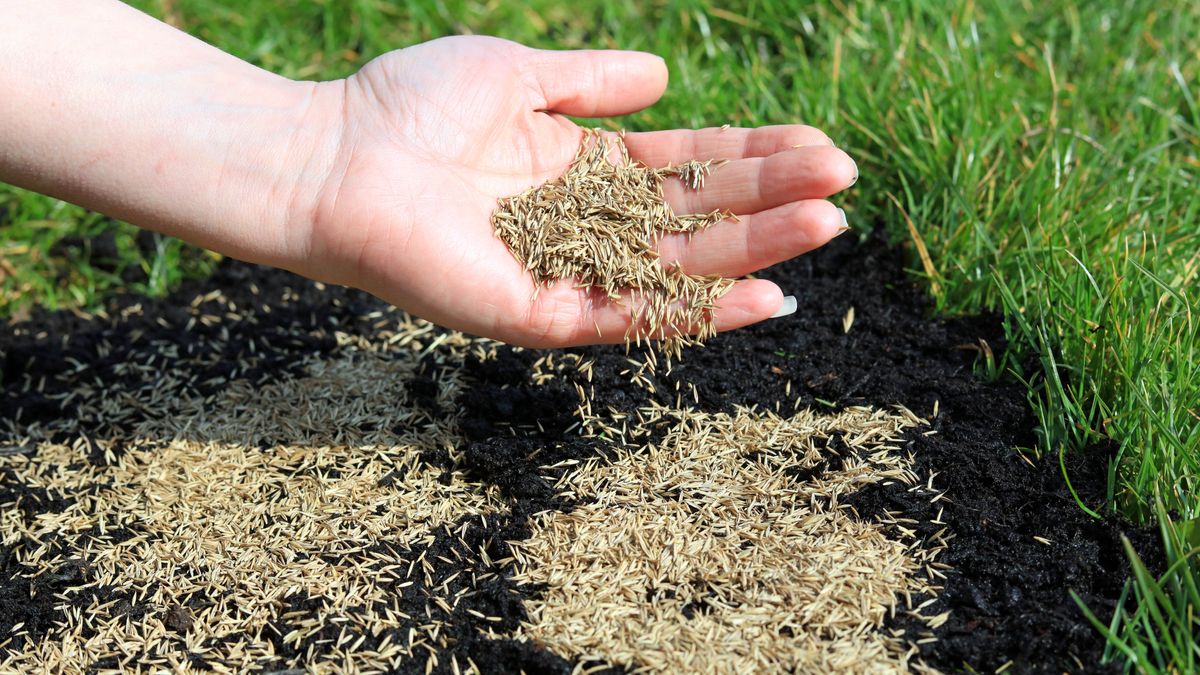
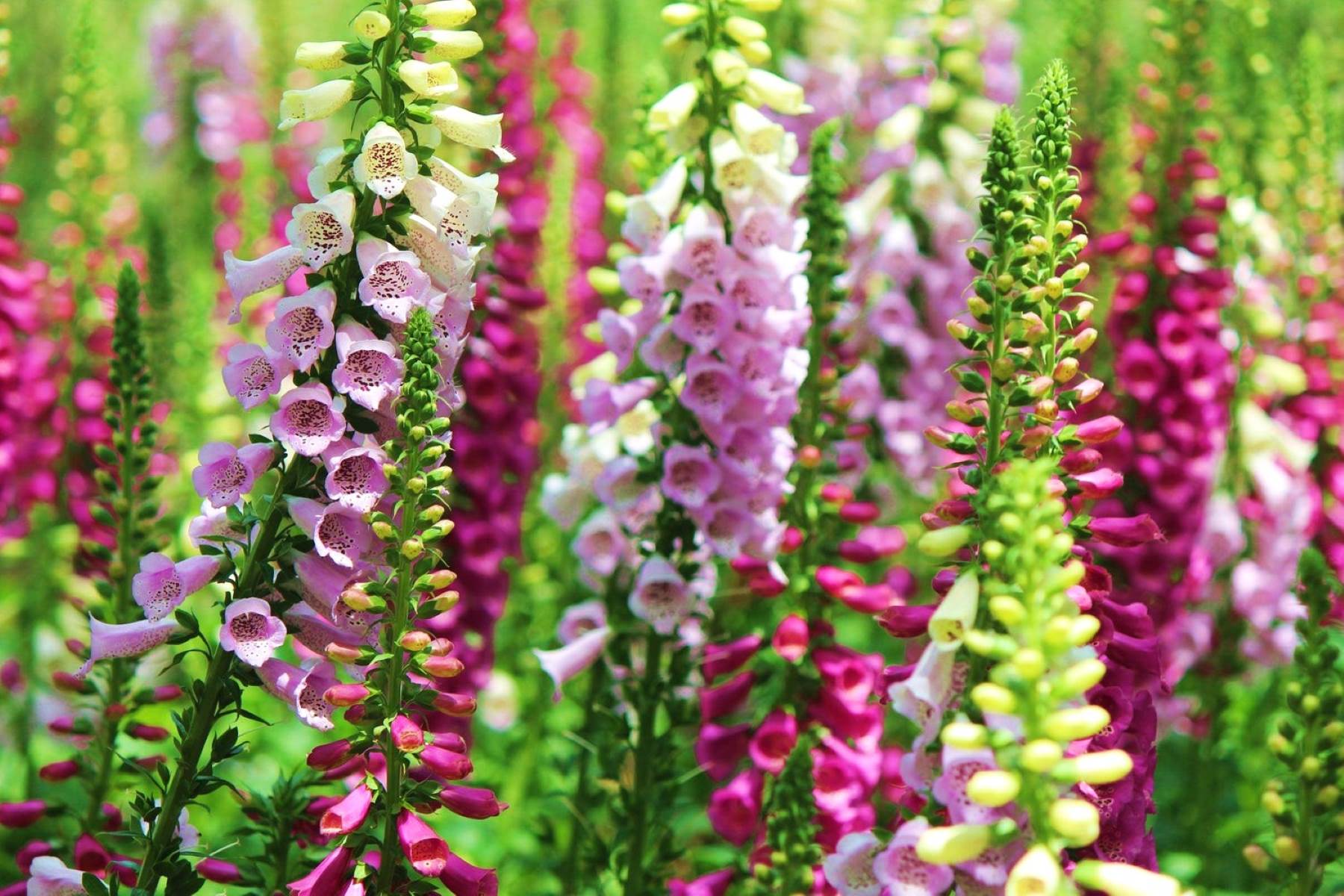
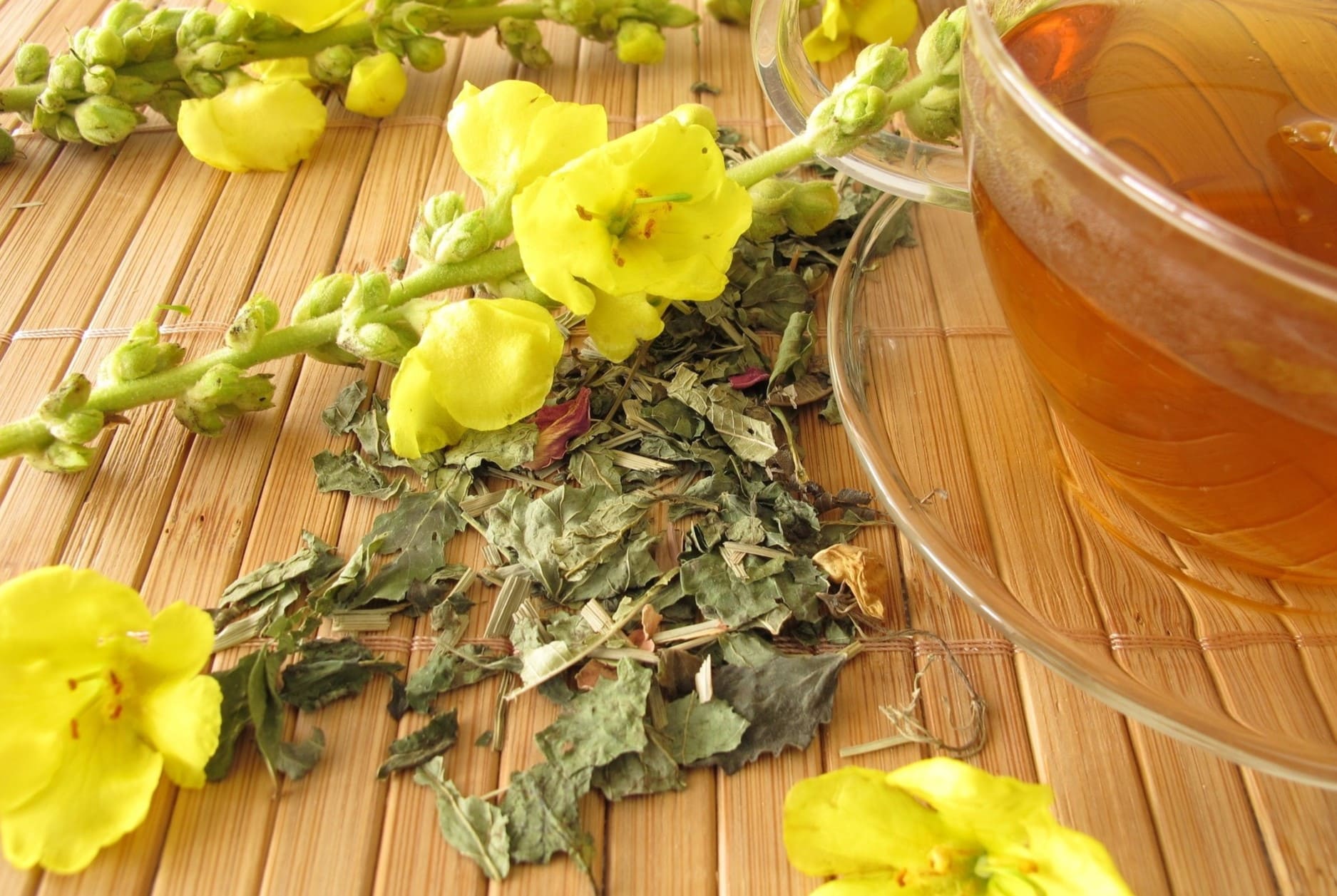
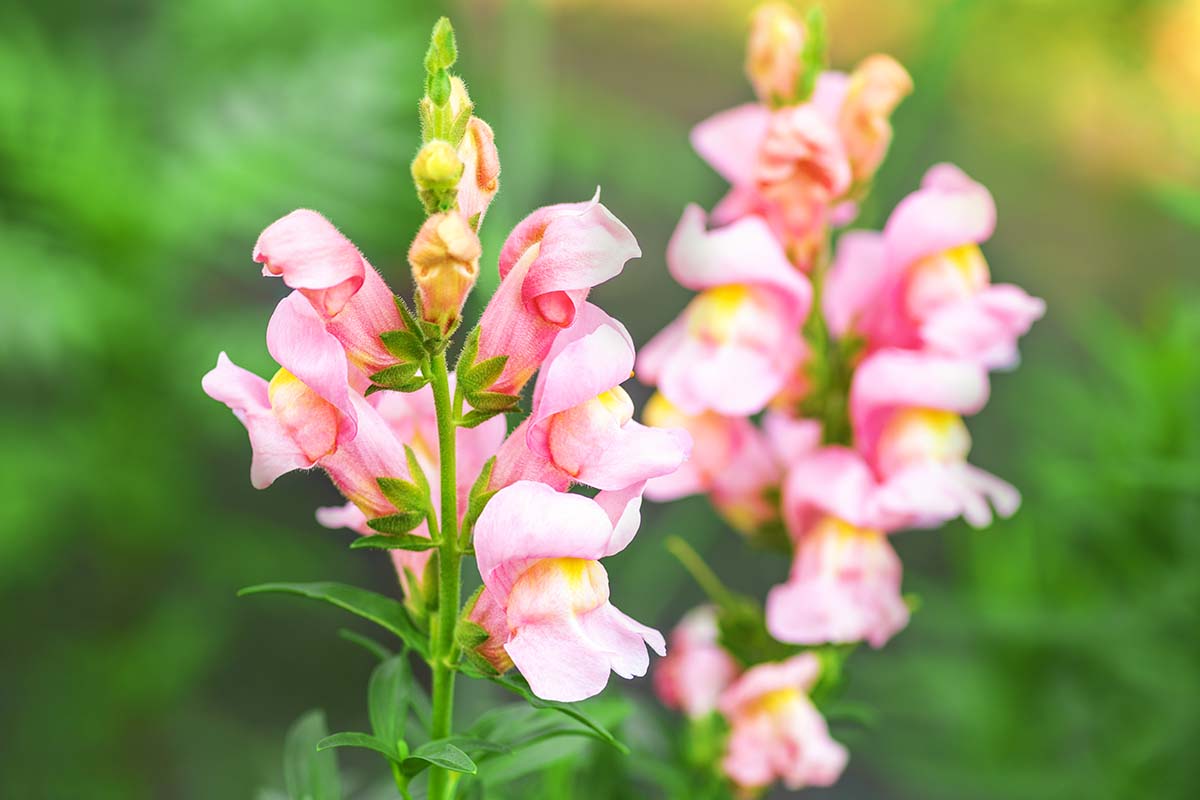
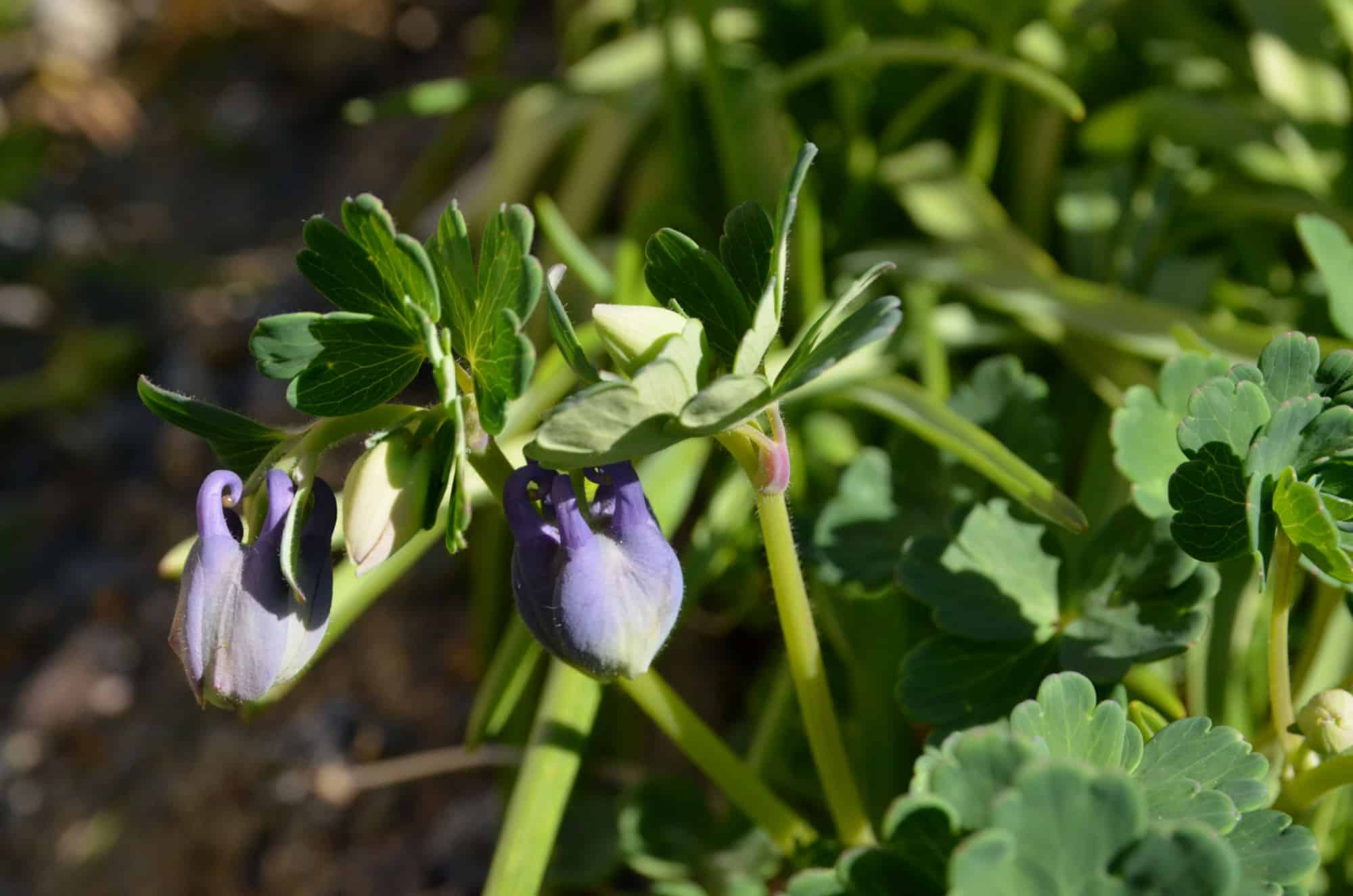

0 thoughts on “When To Plant Balloon Flower Seeds”